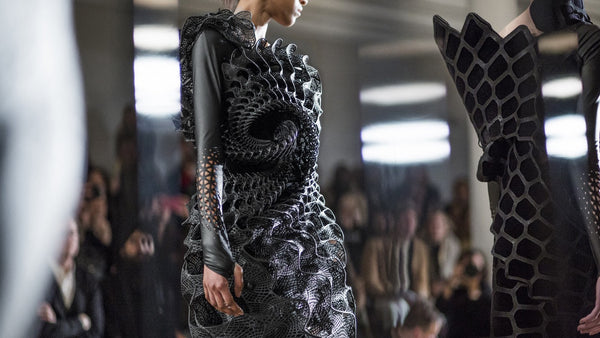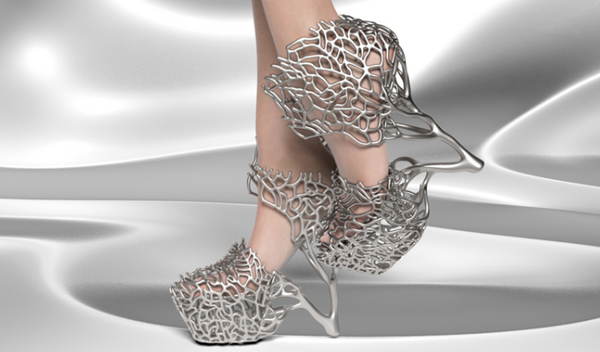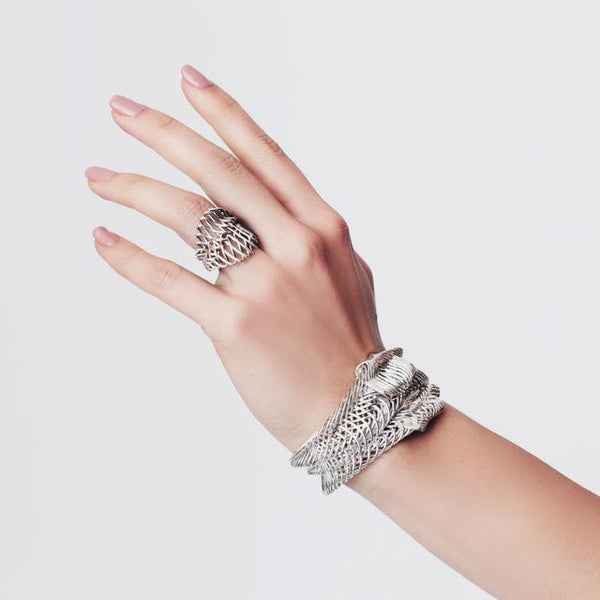Discover the transformative power of 3D printing in the fashion, wearables, and cosplay industry, revolutionizing design, production, customization, and sustainability.

1, Customized Apparel and Footwear:
3D printing allows for the creation of custom-fitted clothing, shoes, and accessories based on an individual's body measurements. This personalization enhances comfort and fit, reducing returns and waste.
2, Complex Geometries and Designs:
Designers can create intricate and complex geometric patterns and structures that are challenging to achieve using traditional garment-making techniques. This enables unique and avant-garde designs.

3, Prototyping and Rapid Design Iterations:
Designers can use 3D printing to quickly produce prototypes and iterate designs, reducing the time from concept to final product.
4, Fashion Accessories:
3D printing is utilized to create various fashion accessories such as jewelry, handbags, eyewear, and headpieces with intricate and personalized designs.
5, Fashion Shows and Runway Designs:
Designers incorporate 3D-printed elements into their runway collections, showcasing the technology's potential for high fashion and artistic expression.
6, Sustainable Fashion:
3D printing offers sustainable solutions by reducing material waste during production. It allows for precise material usage, and some 3D printers can recycle and reuse materials.

7, Footwear Innovation:
Shoe companies utilize 3D printing to create customized insoles, midsoles, and even entire shoes tailored to an individual's foot shape and gait, improving comfort and performance.
8, Cosplay and Costumes:
Enthusiasts use 3D printing to create detailed and intricate components for costumes, adding to the realism and creativity in the cosplay community.

9, Wearable Technology Integration:
3D printing enables the integration of wearable technology components seamlessly into clothing and accessories, such as embedding LEDs, sensors, or other electronics.
10, Experimental and Artistic Designs:
Artists and designers experiment with 3D printing to create boundary-pushing, avant-garde, and conceptual fashion pieces that challenge traditional notions of clothing and wearables.
11, Educational Purposes:
Educational institutions use 3D printing to teach fashion and design students about modern manufacturing techniques and encourage innovative design thinking.

In summary, 3D printing is reshaping the fashion and wearables industry by offering customization, sustainability, design innovation, and the ability to create intricate and complex structures. As 3D printing technologies advance, they are likely to play an even more significant role in the future of fashion and wearables.
